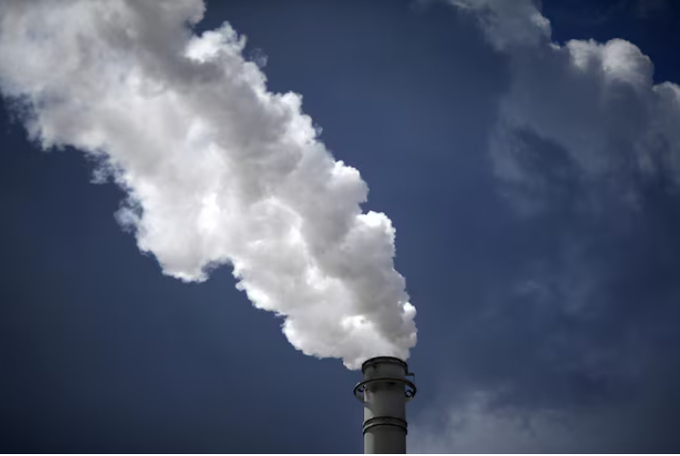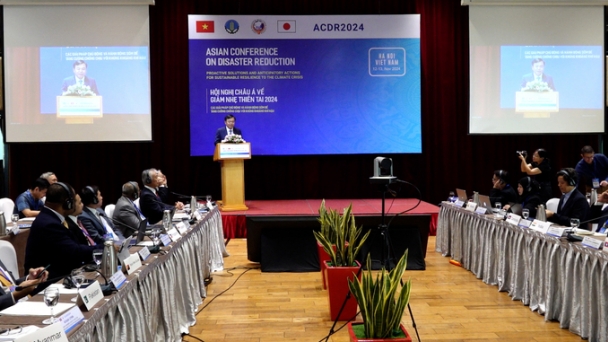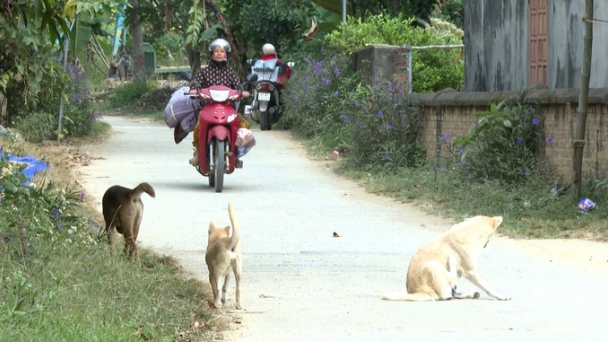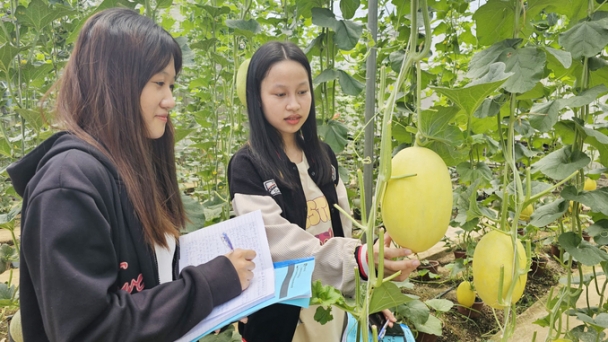November 14, 2024 | 14:20 GMT +7
November 14, 2024 | 14:20 GMT +7
Hotline: 0913.378.918
November 14, 2024 | 14:20 GMT +7
Hotline: 0913.378.918

Steam is released from a petroleum refinery in Sulphur, Louisiana, U.S., June 12, 2018.
A rare bright spot for environmentalists in last week's U.S. election results came in Washington State, where voters easily defeated an attempt to end the state's carbon market by a margin of 62% to 38%, opens new tab.
Analysts said the result was in line with widespread interest in the structures that allow investors to put a price on emissions.
"These aren't going away, and why would they? These carbon 'cap-and-trade' programs are capitalist, free-market solutions that allow companies to hedge and monetize their energy transition," said Luke Oliver, one of the portfolio managers of the KraneShares Global Carbon Strategy ETF (KRBN.P), opens new tab
Under cap-and-trade systems, governments set a maximum allowable amount of emissions each year but permit companies to buy and sell allowances. This gives them incentives to cut emissions so they don't need to buy as many allowances, or so they can sell their spares.
Oliver's $275 million fund, opens new tab tracks an index (.GLCARB), opens new tab covering major cap-and-trade programs including one run by the European Union and the California Carbon Allowances system.
China has its own emissions trading system, though its allocations aren't set by absolute emission levels but rather by industry carbon intensity benchmarks being reduced over time.
The cost of European Union carbon emissions permits stood around 67 euros on Tuesday, well off its high around 100 euros from early 2023 based on lower power demand and higher renewable power generation.
The price seemed little affected by U.S. election results or in the following days as President-elect Donald Trump began filling out his administration including picking a former Republican congressman, Lee Zeldin, to run the Environmental Protection Agency. Observers said the market is more responsive to regional fundamentals.
"I don't think there's a huge expectation that the EU or China are going to do anything radically different" based on the U.S. election outcome, said Arthur van Benthem, professor of business economics and public policy at the University of Pennsylvania's Wharton School.
If anything, he noted EU policy measures that will shrink the supply of permits - a change expected to drive up permit prices.
In California auction prices, opens new tab have run around double their range of five years ago, though the most recent auction settled at $30.24 in August, lower than May's price of $37.02.
Katelyn Roedner Sutter, California state director for the Environmental Defense Fund, attributed the price decline to uncertainty about the pace of new emissions restrictions. She said more recent guidance could drive prices higher in the next auction whose results are due later this month.
Roedner Sutter also noted a new effort to create a similar cap-and-trade program in New York State. "I do think there’s a lot of resilience with these markets," she said.
One benefit of carbon markets is to provide companies with price signals to plan spending for their transitions away from fossil fuels. Outside markets, carbon price estimations range widely including a "social cost" figure from President Joe Biden's administration of around $200 per ton.
Cap-and-trade systems can be more complicated to run than other emissions-reduction efforts and some question their effectiveness.
Since Washington State launched its carbon market in 2023, it has raised more than $2 billion for programs including transit and wildlife protection. The market faced elimination via a ballot initiative backed by a hedge fund manager who blamed the system for spiking gasoline prices in the state.
Luke Sherman, senior carbon markets analyst for commodities research firm Energy Aspects, said the ballot result should give similar efforts elsewhere a boost.
"There's a bit more social acceptance than we have previously assumed" for such programs, he said.
(Reuters)
![Global Blue Carbon Potential - Lessons for Vietnam: [II] The potential of coastal carbon sequestration by country](https://t.ex-cdn.com/nongnghiep.vn/608w/files/linhnhp/2024/11/12/1514-car2-nongnghiep-181504.jpg)
(VAN) The carbon sequestration and storage potential blue carbon ecosystems averages 24 million tons/year for mangroves, 13 million tons/year for salt marshes, and 43 million tons/year for seagrass meadows, totaling over 80 million tons/year.

(VAN) The exchange of scientific knowledge and advanced technologies can assist countries in the development of innovative solutions that mitigate disaster risks.

(VAN) Since the start of 2024, there have been several rabies outbreaks in Bac Kan province, but the scene of dogs and cats roaming free is still common.

(VAN) With a poultry herd of up to 37 million heads, it is not difficult to see why Nghe An province identifies veterinary disease control as an urgent matter.
![Global Blue Carbon Potential - Lessons for Vietnam: [I] Leading countries in carbon storage](https://t.ex-cdn.com/nongnghiep.vn/608w/files/linhnhp/2024/11/12/5750-car1-nongnghiep-175745.jpg)
(VAN) The sequestration of carbon in mangroves, salt marshes, and seagrass meadows is a vital 'blue carbon' service that helps mitigate climate change, with three countries making the largest contributions to global blue carbon.

(VAN) On the morning of November 12, at Bac Giang University of Agriculture and Forestry, the 2024 Training Work Conference took place, chaired by Deputy Minister of Agriculture and Rural Development, Tran Thanh Nam.